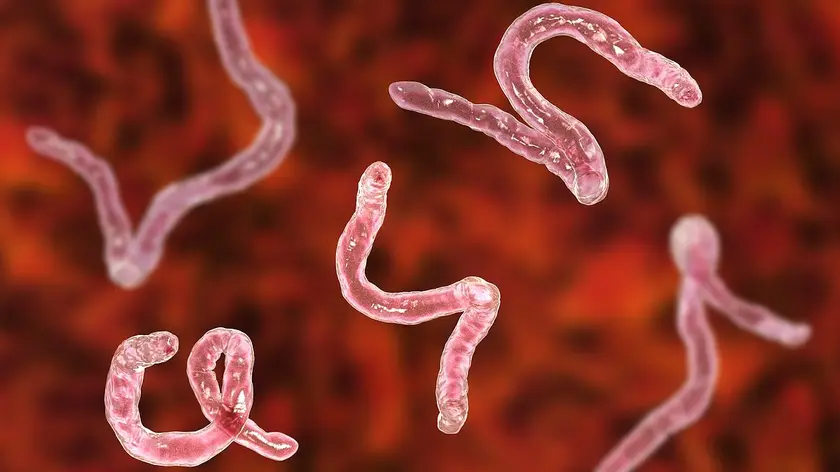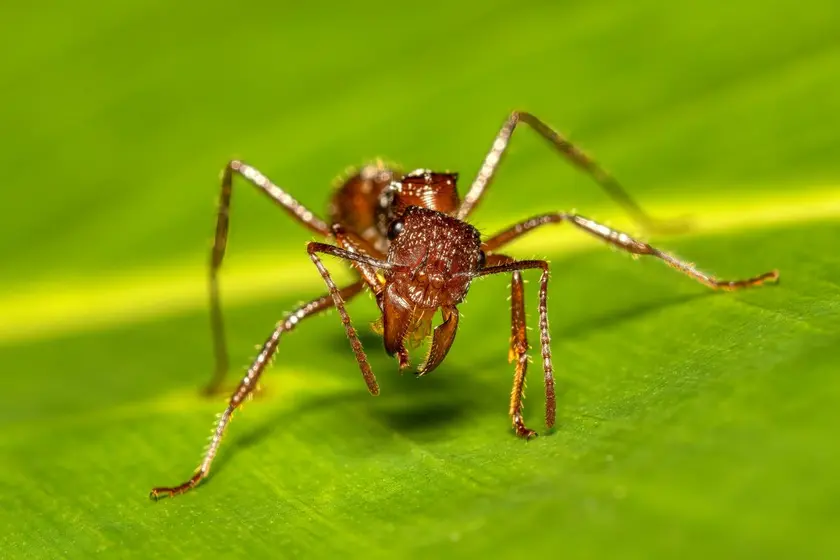T4K3.news
Blood fluke penetrates skin undetected
Researchers show how Schistosoma mansoni enters through skin without pain, prompting questions about new pain therapies.

Researchers uncover how a deadly parasite enters the body without immediate pain, and why the finding could shape future medicine.
Blood fluke penetrates skin undetected
Researchers at Tulane University School of Medicine have shown how the parasitic worm Schistosoma mansoni can pierce human skin without causing pain or itching. In a mouse model, the worm appears to suppress a receptor called TRPV1+, which normally sends signals the brain interprets as heat, pain or itch, allowing the parasite to enter quietly. The parasite, a 17mm flatworm, causes schistosomiasis, a disease that remains a major global health threat with hundreds of millions affected, particularly in Africa, parts of South America, the Caribbean and the Middle East. Transmission occurs when larvae in infested water penetrate the skin during activities like swimming or washing, after which eggs released by the worm can damage multiple organs. The study, published in The Journal of Immunology, emphasizes the stealthy nature of the invasion and how it helps explain why the parasite can evade early immune detection.
Beyond its biology, the work hints at potential medical benefits. Lead author Dr. De’Broski R. Herbert argues that identifying and isolating the molecules the worm uses to block TRPV1+ activation could offer new, non opioid-based options for pain relief and possibly reduce the severity of inflammatory diseases. The research also underscores ongoing public health concerns as schistosomiasis spreads beyond traditional regions due to travel and climate shifts, with documented cases linked to European travel and rising infections in the UK. Praziquantel remains the standard drug treatment, and public health guidance continues to emphasize avoiding fresh water in endemic areas to lower risk of infection.
Key Takeaways
"If we identify and isolate the molecules used by parasitic worms to block TRPV1+ activation, it may present a novel alternative to current opioid-based treatments for reducing pain."
Herbert on pain relief implications
"The molecules that block TRPV1+ could also be developed into therapeutics that reduce disease severity for individuals suffering from painful inflammatory conditions."
Herbert on broader therapeutic potential
"It was people travelling from Africa, particularly Senegal, who imported the parasites."
Webster on travel-related spread
"Infections can initially manifest as an itchy bumpy rash, colloquially known as swimmers itch."
Early symptom description
The study illustrates how fundamental biology can point toward new therapies. Turning a parasite’s trick into a safe prescription involves complex steps, including isolating the active molecules and proving they can be used without side effects. If successful, the work could expand the toolkit for pain management and reduce reliance on opioids. At the same time, the findings remind us that health research does not occur in isolation. Travel, climate change, and shifting ecosystems are changing disease patterns, raising questions about surveillance, diagnosis, and resource allocation in public health systems.
On balance, the research offers a cautious optimism. It pairs a startling biological insight with a practical aim: better, safer ways to manage pain and potentially lessen disease impact. But translating the discovery into approved medicines will take years of testing. In the meantime, strengthening prevention and early diagnosis remains essential as schistosomiasis appears in new places and continues to affect vulnerable populations.
Highlights
- A parasite that dulls pain could rewrite how we treat inflammation
- Unlocking TRPV1 blockers may offer non opioid paths to relief
- It was people travelling from Africa who imported the parasites
- Infections can initially manifest as an itchy bumpy rash called swimmers itch
Science advances through precise questions and careful steps toward safer remedies.
Enjoyed this? Let your friends know!
Related News

Common Mosquito Myths Could Endanger Health

Rise in flesh-eating bacteria cases alarms health officials

Microbiologist reveals sock washing secrets

Warm seas drive surge of flesh-eating Vibrio along coasts

Discover the top 10 painful insect stings

New study highlights skin symptoms of fatty liver disease

Experts warn of skin signs of liver disease

New studies explore sunlight benefits for health
